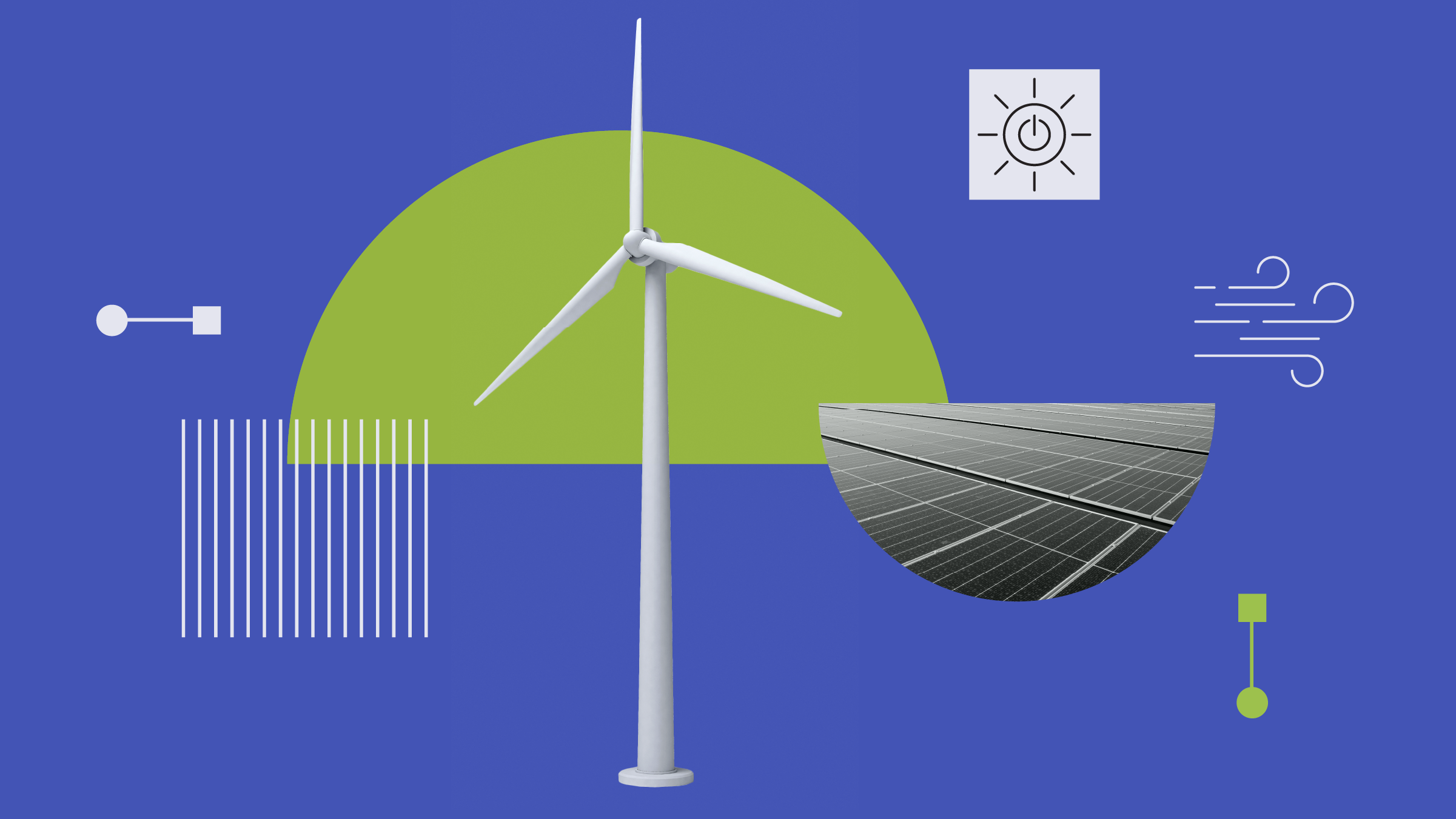
Renewable energy equities have broadly underperformed in recent weeks, which we think is partially due to betting markets indicating rising chances of Donald Trump winning the US presidential election on Nov. 5, as observed by RealClearPolitics.
Why It Matters
Policy influences the demand for wind and solar. A Republican victory could alter the landscape for clean energy investments. If Democrat Kamala Harris wins, we expect the status quo: a continuation of the Inflation Reduction Act. With a Trump victory, we view a full repeal of the act as highly unlikely, but a partial repeal could be in the cards.
The Bottom Line
We are maintaining our fair value estimates across our clean energy coverage. Nonetheless, we attempt to frame the range of exposure here. The most potential risk rests with firms that derive most of their revenue from the United States, such as Sunrun RUN and Shoals Technologies SHLS. While First Solar FSLR may appear to have high exposure, we see the firm as largely indifferent to the election’s outcome. It’s more sensitive to changes in US-China trade policy, which we don’t see weakening under Trump.
We currently view Brookfield Renewable BEPC as the most attractive name under our clean energy coverage, trading 10% below our fair value estimate. (For a list of clean energy stocks covered by Morningstar, see the table at the bottom of this article.)
Between the Lines
A Trump victory would focus investor attention on which parts of the IRA are most at risk. We see areas like the electric vehicle tax credit and unspent government loan programs as particularly vulnerable. In contrast, domestic manufacturing incentives (of which First Solar is the biggest beneficiary) should be safe.
The billion-dollar question will be the fate of wind and solar tax credits. These were extended for 10 years as part of the act, but Trump could look to phase them out sooner.
The Big Picture
Precedent suggests the energy transition will continue regardless of which party is in the White House. Structural drivers—including technological advancements, cost declines, and carbon-free attributes—position wind and solar favorably despite near-term uncertainty. Rather than wind and solar’s long-term role within the transition being at risk, we believe margin compression across the value chain is the biggest potential hazard from any policy changes.
Clean Energy Stocks Coverage List
The following are stocks covered by Morningstar analysts where clean energy is a meaningful component of the company’s businesses.
The author or authors do not own shares in any securities mentioned in this article. Find out about Morningstar's editorial policies.















